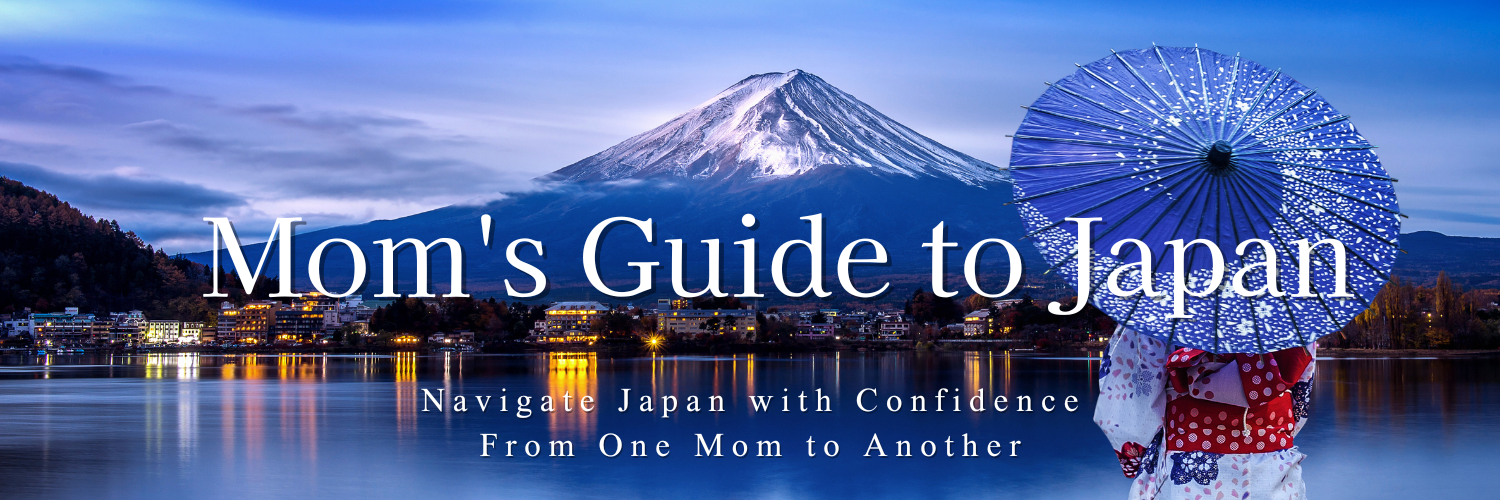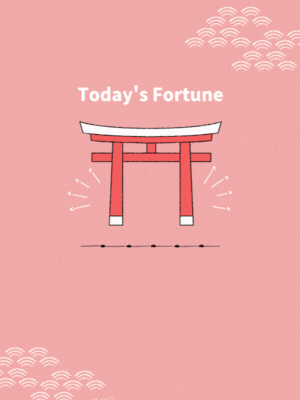Four Distinct Characters Weaving the Island’s Charm

The Shikoku region consists of four prefectures: Tokushima, Kagawa, Ehime, and Kochi.
Each prefecture has its own unique charm and abundant tourism resources, offering a variety of ways to enjoy nature, culture, cuisine, and more.
Tokushima
Tokushima captivates with vibrant folk culture and dramatic landscapes.
The energetic Awa Odori Festival in August fills streets with traditional dancers.
The Naruto whirlpools form impressive natural vortices viewable from boats or observation decks.
The Otsuka Museum of Art houses ceramic reproductions of Western masterpieces.
The remote Iya Valley features traditional vine bridges spanning deep gorges.
Other attractions include the emerald waters of Oboke and Koboke gorges, historic hot springs, and scenic pilgrimage routes.
Kagawa
Japan’s smallest prefecture delivers remarkable cultural experiences.
Sanuki udon noodles represent Kagawa’s famous culinary tradition with their distinctive firm texture.
Kotohira Shrine rewards visitors who climb its 785 stone steps with spiritual significance and panoramic views.
Shodoshima Island produces olives and citrus fruits amidst terraced landscapes and traditional soy sauce breweries.
The art islands, particularly Naoshima, showcase contemporary art installations in unique settings. Other highlights include the spectacular Ritsurin Garden and Marugame Castle.
Ehime
Ehime blends history with coastal beauty along the tranquil Seto Inland Sea.
Dogo Onsen claims to be Japan’s oldest hot spring, centered around a historic three-story wooden bathhouse.
Matsuyama Castle, perched atop a hill, ranks among Japan’s twelve original surviving castles.
The Shimanami Kaido cycling route connects Ehime to Honshu across islands and suspension bridges.
Other attractions include the historic merchant district of Uchiko, citrus orchards producing famed mikan oranges, and Ishiteji Temple with its unique statuary.
Kochi
Kochi embraces independence and natural abundance on Shikoku’s Pacific coast.
The Shimanto River, “Japan’s last clear stream,” flows without dams through pristine landscapes. Katsurahama Beach combines white sand with unusual rock formations and a statue of modernizing samurai Sakamoto Ryoma.
The Niyodo River displays a mesmerizing cobalt blue color at its gorges.
The energetic Yosakoi Festival transforms Kochi City each August.
Other attractions include the well-preserved Kochi Castle, the centuries-old Sunday Market, and traditional paper-making villages.
The Appeal of the Shikoku Region
Shikoku offers an authentic journey through Japan balancing tradition and natural beauty away from well-trodden tourist paths.
This compact island contains remarkable diversity—from spiritual pilgrimages to contemporary art, rugged mountains to gentle seas.
The 1,200-year-old Shikoku Pilgrimage connecting 88 temples creates a spiritual backbone for the island, honoring Buddhist monk Kukai’s legacy.
Each prefecture maintains distinctive character while sharing a commitment to preserving traditions in dance, crafts, and culinary specialties.
Despite improved transportation links to Honshu, much of Shikoku retains an unhurried atmosphere where natural rhythms, community bonds, and sincere hospitality create meaningful experiences for visitors seeking authentic Japan.


